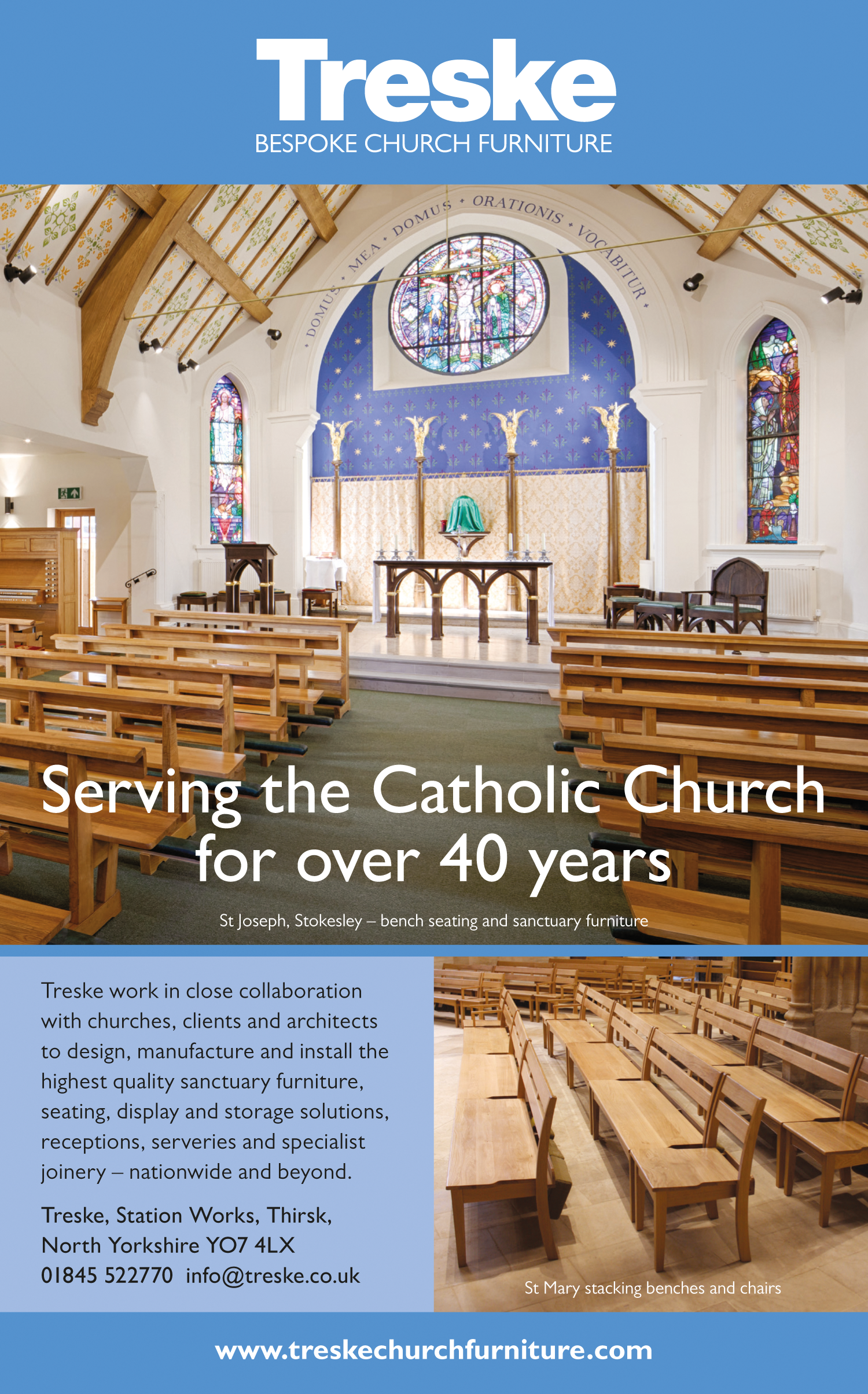Feilden Fowles has completed the transformation of the Grade I-listed medieval Fratry at Carlisle Cathedral – the most significant physical intervention on the cathedral site for more than 150 years. A new entrance to the refurbished Fratry hall and undercroft has been created, reached through a newly built red sandstone entrance pavilion and link structure connecting old and new.
The project, completed following a long gestation (the cathedral has been working on it for 15 years, and the architects for the last six), gives the Fratry renewed purpose and welcomes the public for the first time, enriching the cathedral’s benefits to the wider community. It is the seat of the Anglican Bishop of Carlisle, Cumbria, northwest of England. Built in 1122 in a Norman architectural style, and extended in the 13th and 14th centuries, the cathedral precinct’s solid masonry is of local red St Bees sandstone, which has darkened over time. Feilden Fowles’ new entrance pavilion is made from Dumfries red sandstone, Locharbriggs, cut and installed by local stonemasons.
The Fratry was built in the 1500s as the priory refectory, and houses one of the finest cathedral library collections of books in the country. The pavilion is located to the northwest of the Fratry, on the site of the former west range of the original Augustinian priory cloister, destroyed during the Reformation; the lot had become dead, windswept land, serving only as a thoroughfare. Positioned 90 degrees from the Fratry, the pavilion and its green fringe delineate a new space and aim to create the atmosphere of the cloister that inspired the design. The pavilion reintroduces a reflective and sheltered public space at the heart of the cathedral precinct and city.
The project balances high-tech innovation (CNC-cut stone, 3D and 2D modelling, complex geometries) with low-tech solutions (specialist hand carving) to enhance the historic precinct and create a pleasant space to dwell. The solidity of the pavilion’s CNC-cut stonework and contrasting transparency of the glazed bays formed by the arches provide visitors clear views to the cathedral and the surrounding listed buildings. A new welcome area and public café have been created, providing dedicated space for the clergy to greet visitors and school groups, and allowing the cathedral to engage with more people in new ways and transform its teaching and learning activities.
ARCHITECTS: Feilden Fowles – https://www.feildenfowles.co.uk







